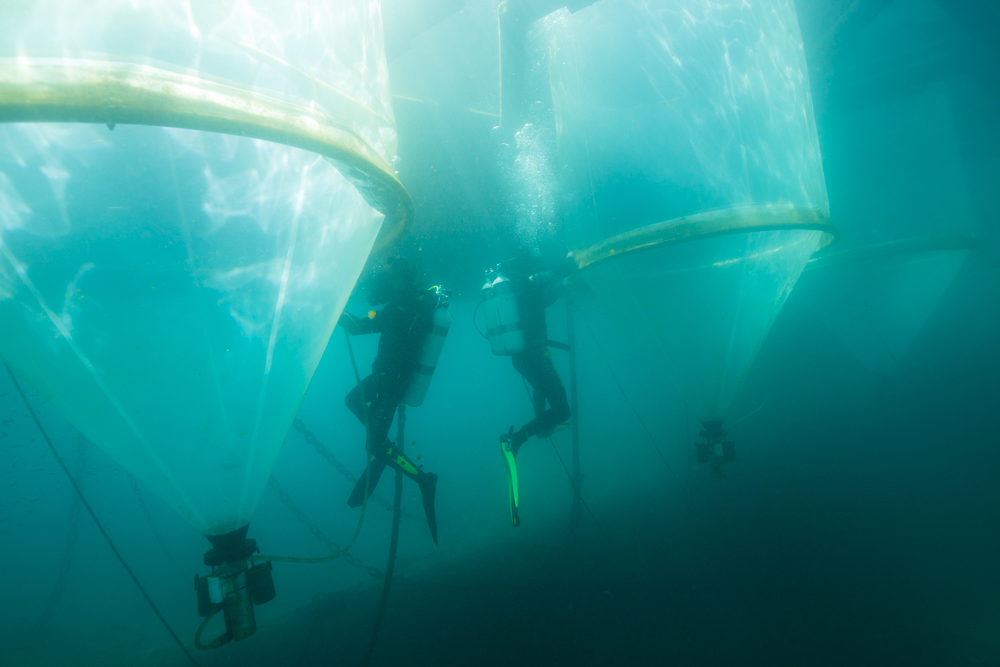Once the mesocosm experiment sails smoothly (this rarely happens, but astonishingly, this time it’s the case à knock on wood), most of the divers can concentrate on the real life as a scientist above water in their grey labs and offices – the colorful, exciting harbor life (mentioned in the first post) becoming only a faint memory.
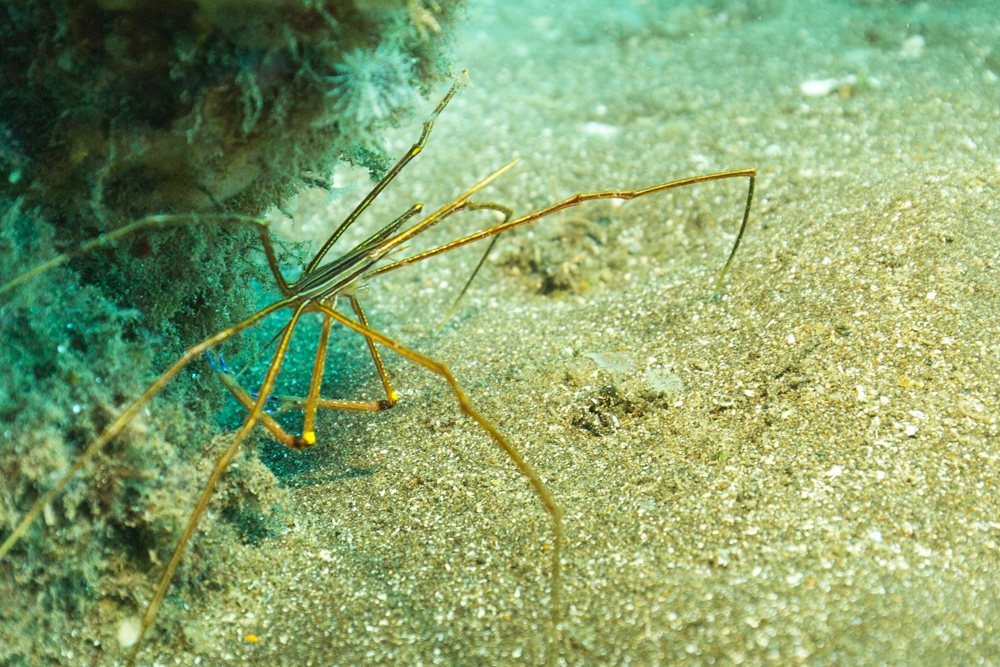
Still, there are occasions to revitalize these memories, for example, when maintenance work of the mesocosms is needed, such as “clearing” a blocked sediment tube. It also includes regular, every week, cleaning of the mesocosms from the outside (inside cleaning is not done by divers, but that’s another post), which is also a good way to assure that everything still looks fine.
To clean the mesocosm walls from algae and detritus, a pair of divers armed with scrubbing brushes jumps into the harbor almost 2 hours.
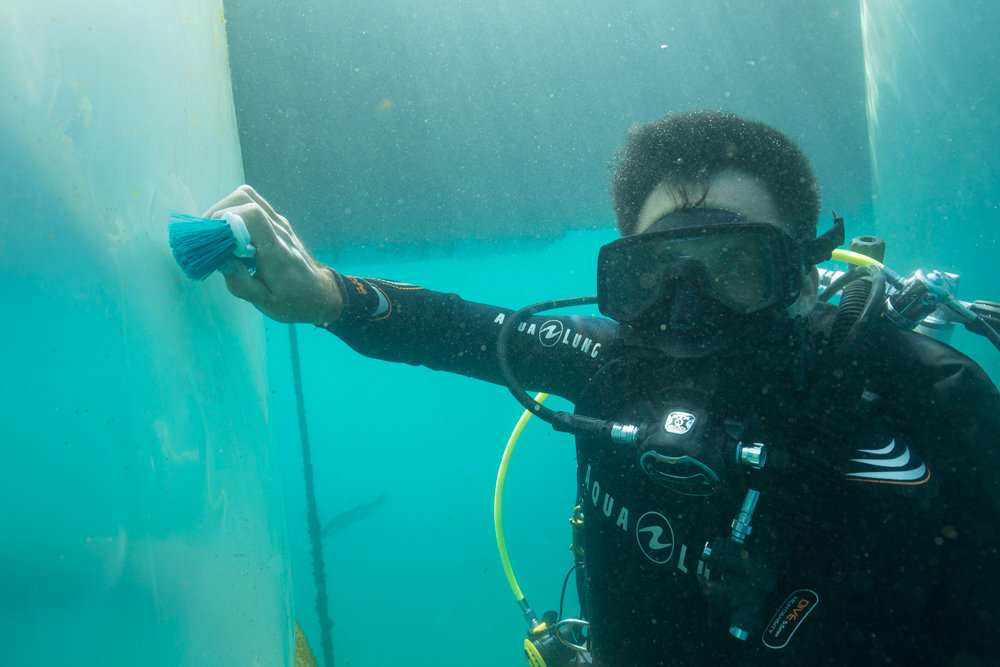
The wall growth, if getting too dense, would shade the inside of the mesocosms and ultimately affect life within, possibly leading to undesirable side-effects for the experiment, especially if the light conditions are unevenly distributed between mesocosms.
It’s also a good work-out. As the mesocosm bags are flexible and don’t provide resistance, you need to push hard to brush them properly. It becomes even more challenging, as water doesn´t provide a good basis to push from, leading to some grotesque-looking but efficient techniques from our so-called “cleaner-fishes”.
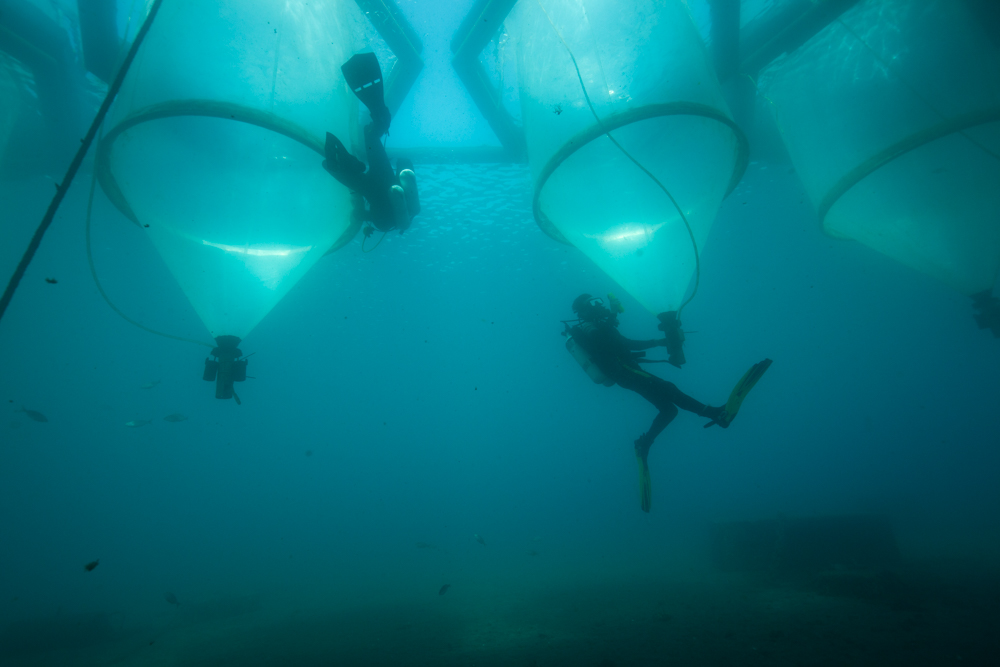
Other small diving jobs pop up when people lose their keys or glasses at the pier (luckily not in the mesocosms). We divers pretend that it’s an annoying dive job and insist on beer as a payback. But secretly we hope that more items would escape their owners’ pockets and noses, so we can dive more often and visit the school of aquaculture-escaped seabasses that decided to take residence under the pier.
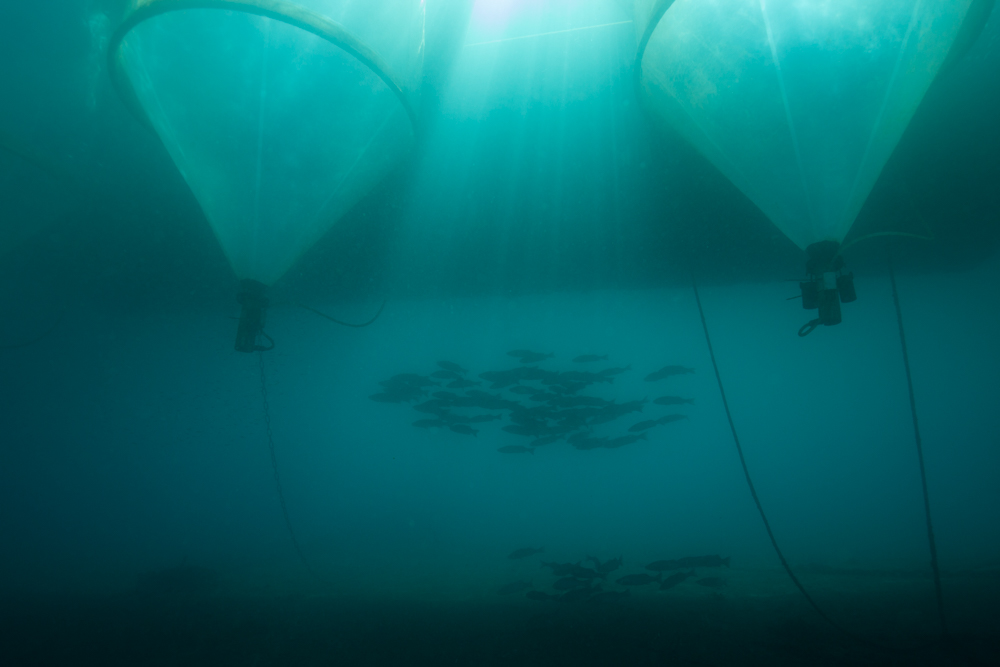
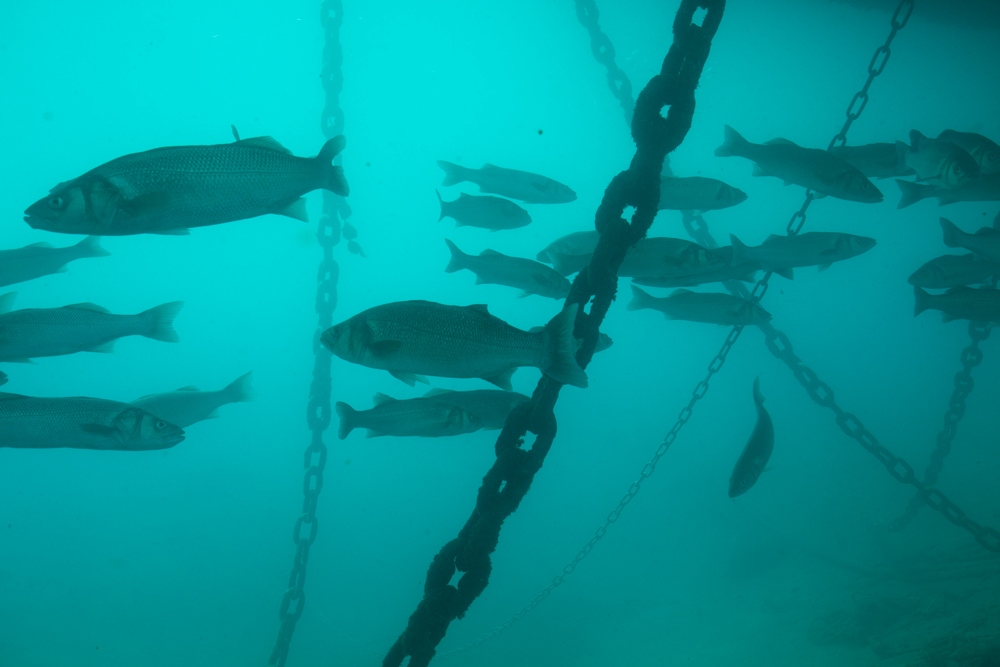
Author: Michael Sswat
